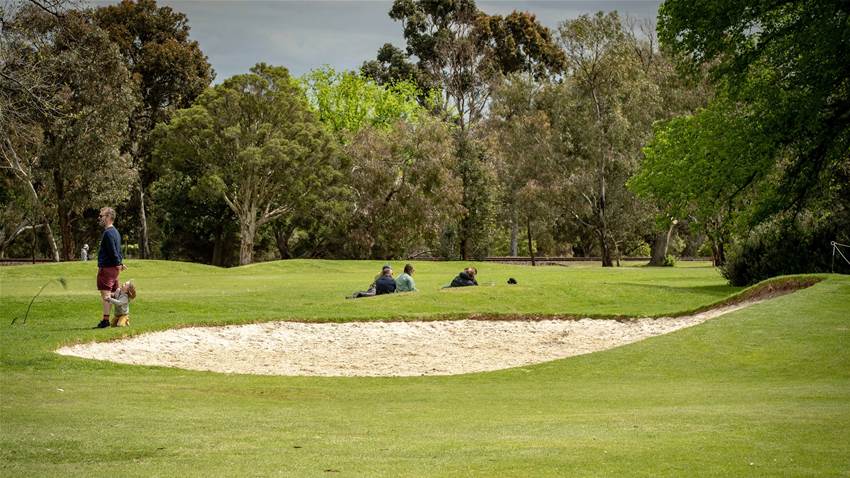We’ve known for a couple of months that COVID has given golf a major participation boost but what is less obvious is how the game (or more precisely, the industry) intends to harness this new-found interest.
It would be a shame – and frankly a waste – if the majority of those discovering or rediscovering the game since March were to be lost to it again in just a few short months.
The game failed to maintain the boom growth of the 80’s and 90’s and while many of the issues which led to that outcome still exist, there are also new challenges to be faced.
Chief among them is the relatively recent and growing threat to the continued availability of public golf.
In Sydney especially the green space occupied by publicly owned golf courses is being coveted for other uses.
"The desire by some to rid the urban landscape of golf is offensive, short-sighted and dumb. But equally, golf and golfers who believe publicly owned golf courses can and should be reserved solely for golf are doing the game a disservice." - Rod Morri.
While there is unquestionably some anti-golf sentiment attached to a portion of this desire, for the most part it is simply a pragmatic response to a legitimate problem.
Over development with not enough thought given to green space requirements is the cause but, like it or not, golf is either going to be part of the solution or cease to exist in some places.
To continue to have a place at the publicly funded recreation table, golf is going to need to justify its value to communities.
The game has many benefits to sell and a good story to tell but ultimately the most important action it can take will be to learn how to share. Not space, but time.
Having golfers and non-golfers simultaneously on course is clearly a recipe for disaster but common sense says there are times when the course is in less demand from golfers. Surely these are times when the space could sensibly be used by others?
The game doesn’t need to be an either/or proposition and it would be foolish for golf to pursue a model that insists on having exclusive use of a publicly owned resource as large as a golf course.
The game can comfortably co-exist with other activities and with some creative thinking there is no reason golf can’t be the centrepiece for some thriving urban spaces.
It works at The Old Course at St Andrews where, every Sunday, about the only thing you’re NOT allowed to do on the Old Course is play golf.
The desire by some to rid the urban landscape of golf is offensive, short-sighted and dumb. But equally, golf and golfers who believe publicly owned golf courses can and should be reserved solely for golf are doing the game a disservice.
The stakes are high in this discussion and how events unfold over the next decade or so will dictate much of golf’s long-term future.
Let’s hope golf and golfers get it right.
Related Articles

Tough Open start doesn't deter Croker from relishing life in the big league

Ryder Cup hero - and Aussie Crowe - enjoy Links glory













